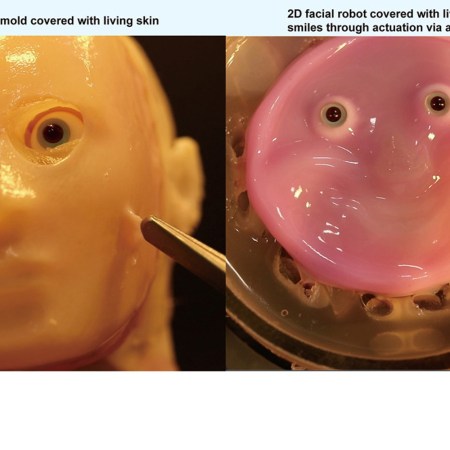As long as hoverboards have wheels and SpaceX missions are still struggling to find their feet, the world of flying cars, jetpacks and laser blasters remains a dream imagined but not wholly realized.
We’ve seen fleeting glimpses of the future but we want to know: When will then be now?
Here’s the forecast.
Hoverboards That Actually Hover
Expected date of delivery: April 15, 2016
A 272 HP floating tabletop that relies on 36 high power electric ducted fans for lift and thrust, the ArcaBoard can be used above land or water and features a built-in stabilization unit to keep balance-challenged riders upright and safe. The $14,900 board can charge in six hours and an additional $4,500 ArcaDock accessory can boost the flying vehicle’s batteries in 35 minutes.
Robot Butlers
Expected date of delivery: Second Half of 2016
From Intel, Segway and Mi, the self-balancing Segway Robot relies on a RealSense RGB-D camera, location sensors and an Atom processor to get around, understand commands and communicate. The cyborg also connects with other smart hardware and understands voice commands. The unit is not fully finished, but programmers will be getting first crack at working with a Segway Robot Developer Edition in early Q3 2016.
Personal Jetpacks
Expected date of delivery: Second Half of 2016
We’ve been telling you about Martin’s P12 for some time now, but it sounds as if the Australian company may finally be ready to make their personal jetpack commercially available for thrill-seekers who have about $150,000 to spend. The P12, which has been in development for 35 years, has two ducted fans powered by a 200 HP V4 engine and a max flight time of more than half an hour.
Flying Car
Expected date of delivery: 2017
A two-seat flying car made of steel and carbon that’s capable of hitting a top speed of more than 99 MPH and traveling more than 500 miles should go on sale in the next couple years. The AeroMobil, which can fold away its wings and drive on the road like a regular automobile, can take off from grass or pavement, and the company has been doing regular flying with test models since October 2014. If all goes well, a self-flying four-seater could be next.
Supersonic Commercial Travel
Expected date of delivery: 2020
A new partnership between NASA and Lockheed Martin is seeking to fill the void that has existed since the Concorde ceased operating in 2003. The collaboration will strive to create a supersonic jet that can exceed Mach 1 and carry commercial passengers safely and efficiently. The goal is to build an aircraft that makes a quiet “low boom” when it breaks the sound barrier.
Image from Wake Forest Baptist Medical Center
3D-Printed Organs
Expected date of delivery: 2023
Doctors and scientists can already use stem cells to create 3D-printed organs and tissue, but the practice could become much more widespread in the coming years, Avi Reichental, the founder of tech venture investment firm XponentialWorks, says: “In 7-10 years, we will be in the business of replacing parts and organs that our bodies will not reject, and then perhaps we’ll have organs that were even better than the ones we were born with.”
Asteroid-Killing Laser
Expected Date of Delivery: ASAP
In order to ensure we don’t end up going the way of the dinosaur, a team of scientists have developed a laser than can deflect asteroids, comets and other pieces of space debris away from the planet. The DE-STAR (Directed Energy System for Targeting of Asteroids and exploRation) laser should be strong enough to vaporize solid rock from a distance. “Generally speaking, the technology is available today. The main challenge with building a full DE-STAR is the necessary scale to be effective,” says DE-STAR developer Qicheng Zhang.
This article was featured in the InsideHook newsletter. Sign up now.























